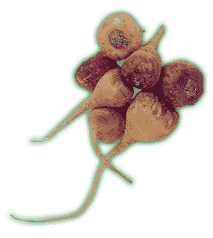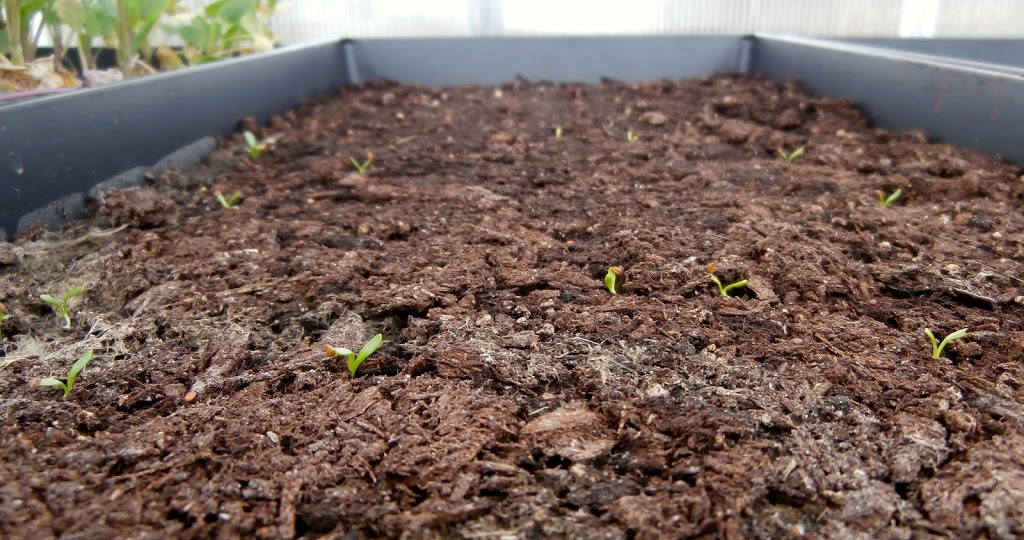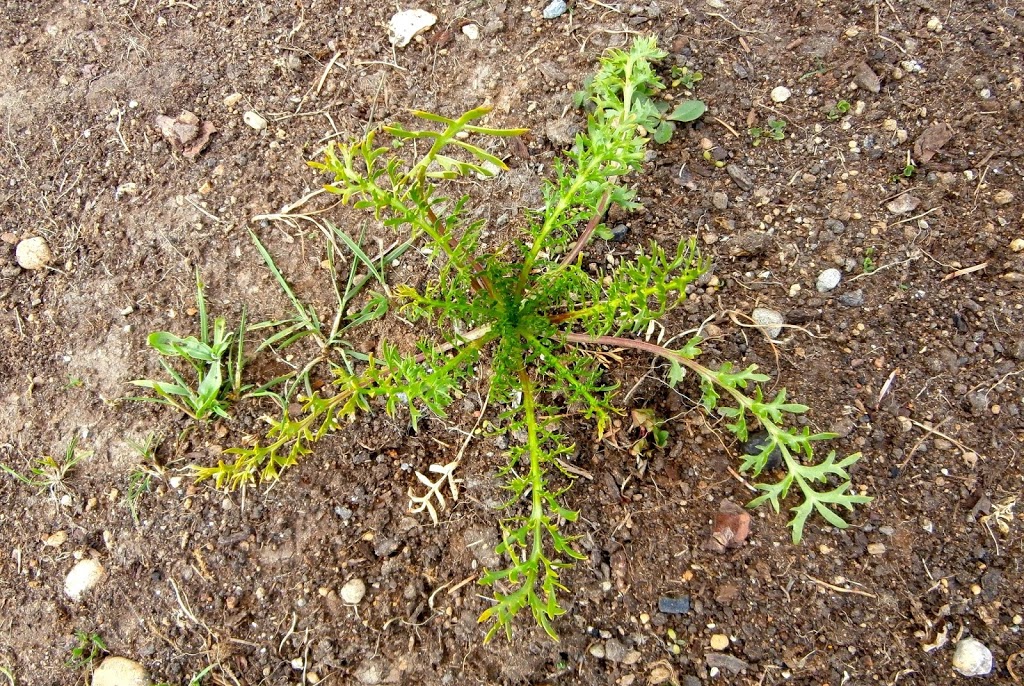Blog, maca (Lepidium meyenii)
Maca: The slow-growing, foul-tasting, aphrodisiac, Inca radish?
 |
| Maca roots from Wikimedia Commons |
Maca (Lepidium meyenii) is hot right now among people who consume so-called “super foods.” Apparently, most are consuming it as a powder added to their witch’s brews of obscure roots, berries, and twigs from distant lands. It is a member of the mustard family, sometimes called “Peruvian Ginseng”.
For me, maca is not so hot. This is my second year growing it and I am hopeful for better results. Last year, very few of my seeds sprouted and those that did produced a salad radish sized root that was spicy, pungent, and bitter with a strange chemical aftertaste. Apparently, maca tastes sweet when grown in the Andes, so my results were pretty far off the mark.
Last year, I waited until June to sow my maca seeds. Maca is grown at high elevations where the sunlight is intense, so I reasoned that I should give it the most sunlight that I could. I suspect that I didn’t give it long enough to grow. When I pulled them in October, the plants were still less than six inches tall.
 |
| Maca seedlings in the greenhouse |
So, this year, I started maca in March. By starting in March, if I harvest in November, I will have given it about the same amount of time that it requires to mature in the Andes. I will grow it in the greenhouse until June, unless it puts on a surprising amount of growth, and then transplant outside. I plan to harvest half before the first frost and leave the rest in the ground. That way I can determine whether maca can survive our winters and whether it tastes any better if grown for a second year. It may also give me the opportunity to get some seed, which will be important if I am to continue growing it, since I used up my supply this year.
 |
| Maca plant |
I got much better germination this year. The only difference was that I buried the seeds 1/8 – 1/4 inch last year and this year I merely pressed them into the surface with a finger tip. It seems that they may need light to germinate.
Another interesting thing that I’ve noticed is that the maca seedlings seem to prefer soggy soil. I have them growing in two flats. One is all maca and I allow it to dry out a bit between waterings, which is my standard practice for watering most seedlings. The other flat is mostly planted with mache, which I have found likes to be quite wet, so I have kept that soil damp. The maca seedlings in that tray are bigger and stockier than those in the all-maca flat. This is exactly the opposite of what I expected.
Hopefully I will produce something edible this year. If not, I won’t be trying maca for a third year and will open this slot up for something new.
You can read more of the maca saga here.
Maca seeds are sometimes available in our seed shop.

2 thoughts on “Maca: The slow-growing, foul-tasting, aphrodisiac, Inca radish?”
Comments are closed.